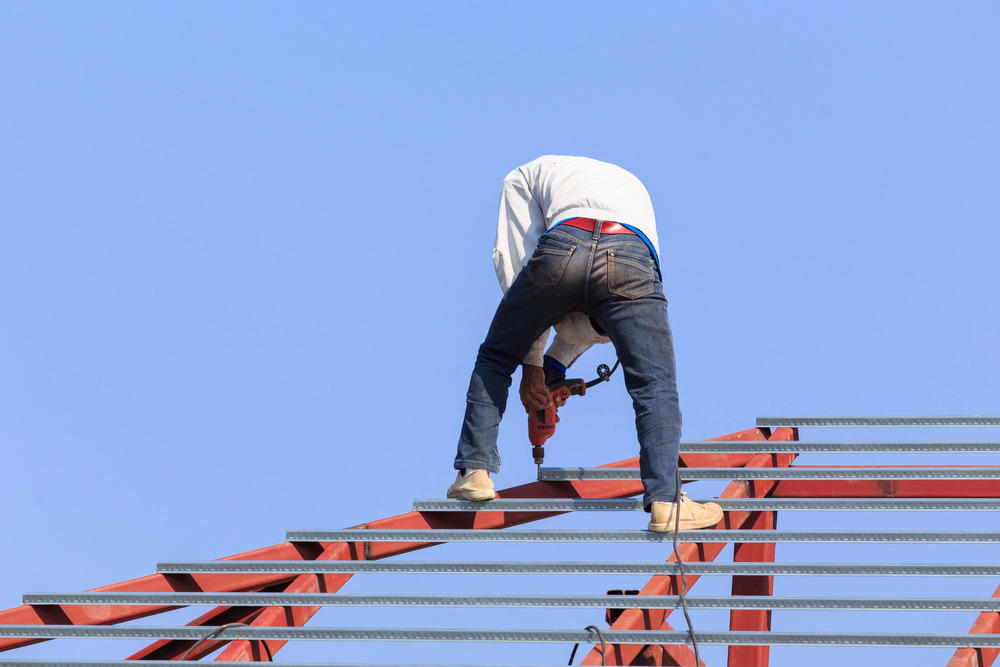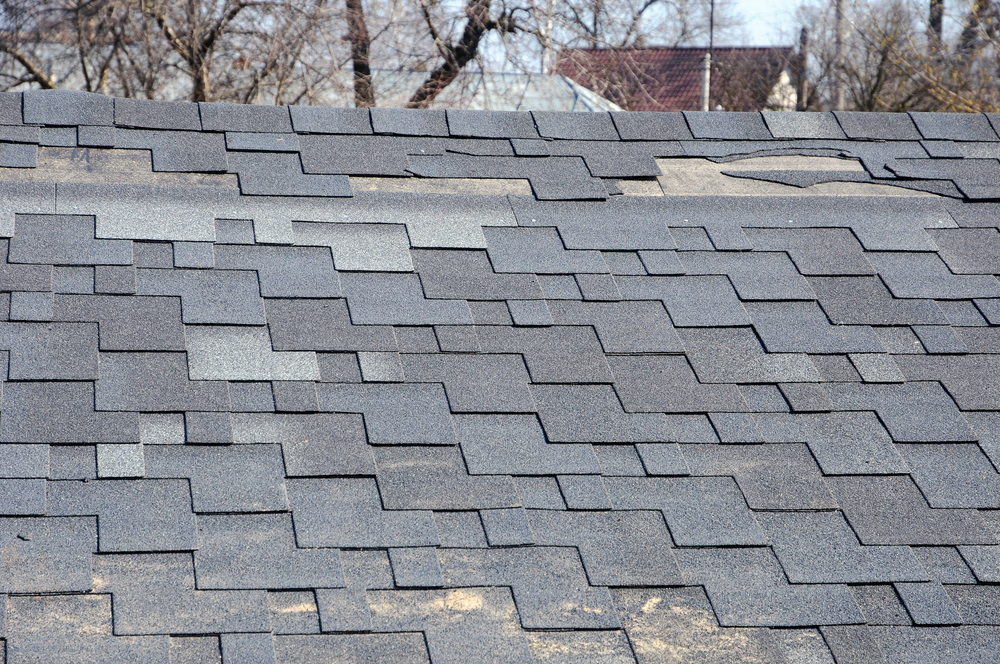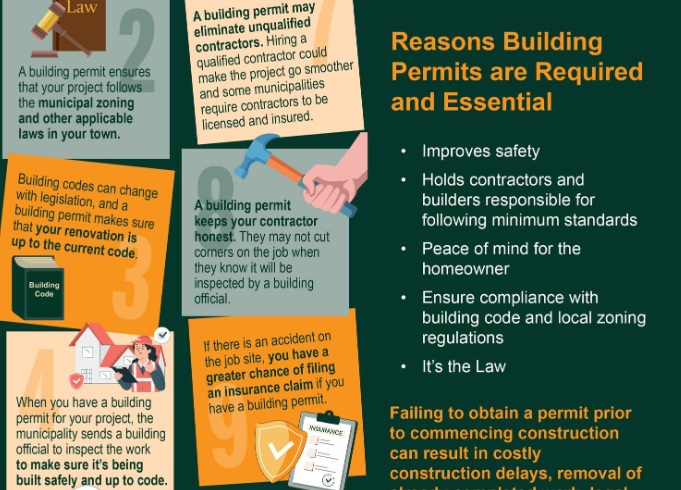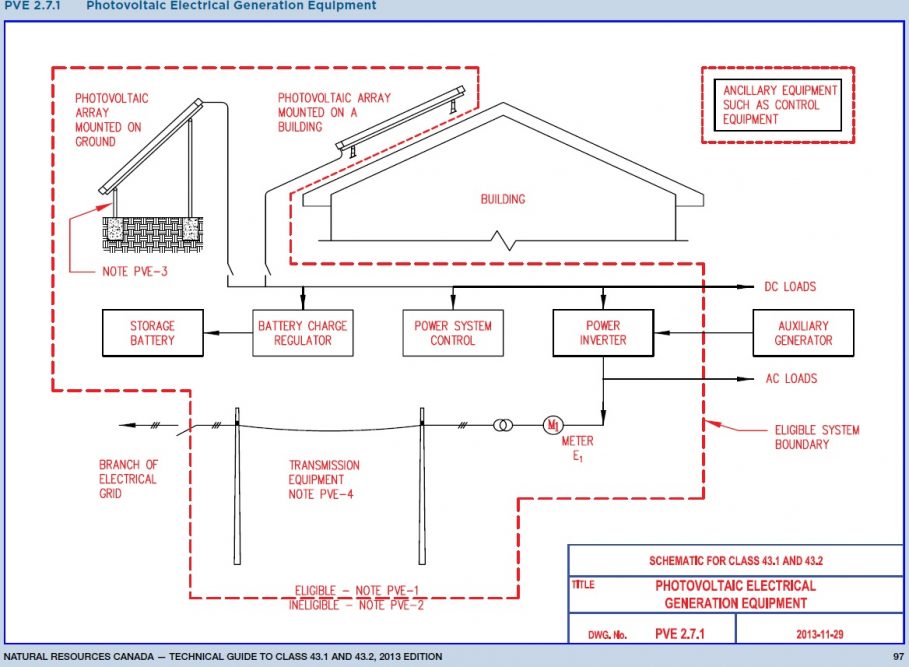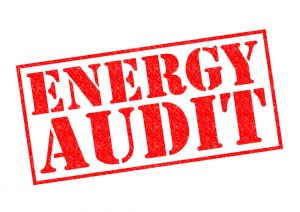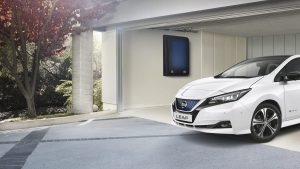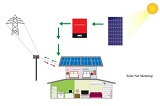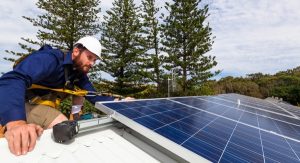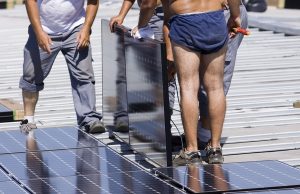DIY Solar Panels: Is the risk worth the reward?
Solar power is gaining momentum in Canada as more and more homeowners take advantage of our sun’s natural energy. In fact, the Canadian solar industry has grown approximately 92% over the past five years.
And with that growth comes an increased interest in DIY solar installations. Sure, you can try your hand at a small-scale solar installation if you want to, we just wouldn’t recommend trying to power your entire home without professional assistance.
There are cost savings to be had, but the risk of personal injury, property damage, and incorrect installation can outweigh those benefits in most cases. So is DIY solar energy worth it for you? In this article, we’ll discuss some common experiences from real life homeowners to give you a picture of what DIY solar energy looks like.
Can you DIY solar panels?
Yes, you can DIY solar panels. But it is not recommended in most cases. Many parts of Canada won’t even allow you to work on solar equipment and apply for the ESA approval unless you have a license. That’s because solar PV systems are wired differently than most electrical systems and require different training.
To successfully install a solar system, you should have significant experience with:
- Electrical
- Construction or roofing
- System design
- Local regulations and permits
It is also important to note that a DIY solar power system cannot qualify for any provincial or government incentives. The legislation states that systems must “Be designed and installed by a licenced electrician. Self-installations are not eligible for an Eligible Measure Rebate”
Risks and Challenges of DIY Installation
It’s important to consider other people’s experiences before deciding if DIY solar energy is right for you. As I mentioned earlier, there are significant risks and challenges involved in DIY solar system installations. Below are some of the more common mistakes I have seen and some real-life stories to back them up.
Risk #1: Not Upgrading Your Main Electrical Panel
Solar panel installations should always be done with help of trained electricians who follow the Canadian Electric Code (CEC) and Ontario Electrical Code (OEC). The CEC states that the combined total amperage from the grid electricity and solar power should not be more than 125% of your main service panel’s capacity. Think of it this way:
- Your main service panel is 120 amps. That gives it a total allowable limit of 150 amps
- Your main breaker is rated at 100A. That means your system can handle a total of 50 more amps.
- You want to install an additional 100 amps of solar power. That means you need to replace your main electrical panel with a higher-capacity unit of at least 160A.
The right size electrical panel will prevent system failures and keep your home safe. But an outdated or undersized electrical panel can overload your circuit boards and can lead to costly repairs and even pose a fire hazard.
A recent incident involving a basement fire in Forest Park, Ohio underscores the importance of following electrical codes in your area. Upon inspection, it was discovered that the homeowner had committed 14 violations of the US National Electrical Code (NEC), including “the lack of any inspection certificates for the photovoltaic system (solar panels) or the generator.”
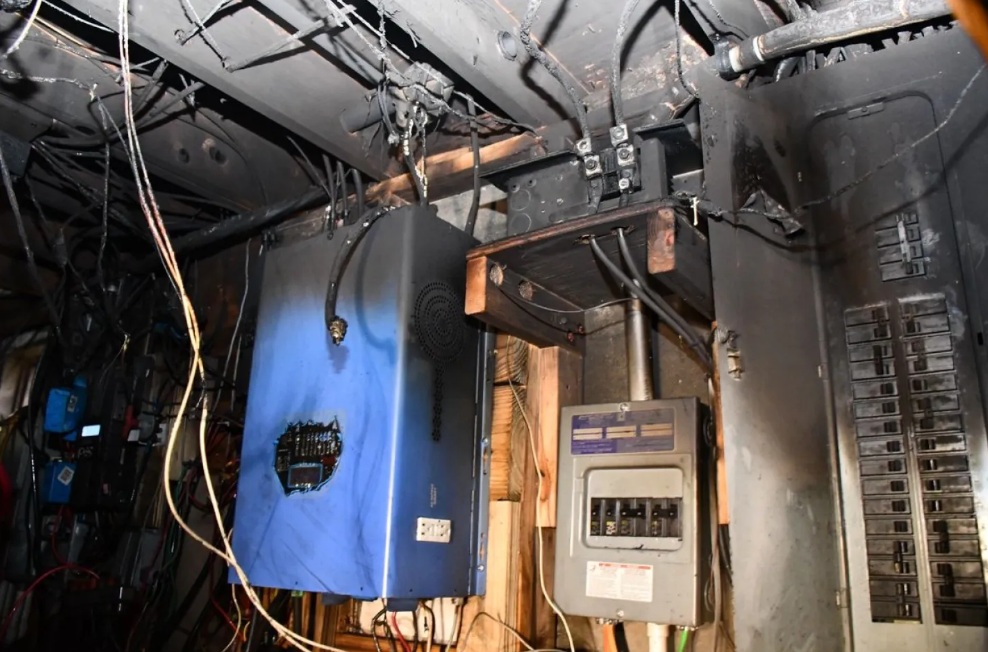
Risk #2: Not Performing a Roof Inspection
You should never make assumptions about your roof’s condition. Unseen problems such as wood rot, corrosion, and house settling can have a big impact on its health. This is important for two main reasons:
- Solar panels weigh about 40 pounds each. Roofs that are structurally unsound may not be able to support the added weight of a solar pv system.
- The average lifespan of an asphalt shingle roof is 25 – 30 years. The average lifespan of a solar pv system is about 20 – 25 years. Older or weaker roofs should be replaced before installing solar to avoid expensive repairs down the road.
After you install solar, you’ll want to avoid any unexpected roof jobs as possible. Some homeowners report costs as high as $30K. You may even find yourself having to work with two different companies: one to uninstall and reinstall your solar panels, and another company to fix your roof. It’s a hassle.
Risk #3: Filing the paperwork incorrect
Filing the paperwork incorrectly for a DIY solar power system can lead to several legal, financial, and operational issues. Here are the main problems that can arise:
- Permit Delays or Denials – Most local governments require building and electrical permits for solar installations. Incorrect paperwork can result in permit rejections, causing delays in your project. Some areas have strict zoning laws or HOA regulations. Filing incorrectly may lead to legal disputes or forced removal of the system.
- Utility Connection Issues – Utilities often require interconnection agreements before allowing grid-tied solar systems. Mistakes in the application can lead to delays in approval, preventing your system from being connected to the grid. If the paperwork doesn’t meet net metering requirements, you could miss out on compensation for excess energy fed back into the grid.
Many homeowners find that paperwork and permitting are the biggest obstacles they face with DIY solar installation. One Redditor comments that “When we get calls from homeowners that have attempted to DIY an install and bogged down, it’s 90% that they are lost as to how to complete the utility paperwork OR are getting push back from the building officials.” while another says that “the permits you need are pretty intense.”
But on top of headache and delays, You may also find that you do not qualify for solar incentives. In extreme cases, you may even need to remove your system if the paperwork was filed incorrectly.
Risk #4: Components installed incorrectly
Installing parts incorrectly in a DIY solar installation can cause serious performance issues… like not turning on…
Bad wiring is most often the culprit, but there are a number of ways that installation can go wrong if you are inexperienced:
- If solar panel wires are connected incorrectly, the system won’t power up or could trigger the inverter to shut down.
- Incorrect wiring can trip circuit breakers or damage components, stopping power transmission.
- Many inverters now come with safety features that prevent them from turning on if they detect wiring errors or missing grid connections.
- Some inverters won’t turn on unless they detect grid power. If wiring to the breaker panel is incorrect, the system won’t work.
If panels are wired incorrectly in series or parallel, they may not provide enough voltage to power the inverter. That was the case for one homeowner who had to go back and rewire his entire system (nearly losing his mind in the process!). This is why it’s best to get help if you are new to solar and have limited knowledge.
Risk #5: Electrocution risk
The risk of electrocution is always a reality with DIY solar panel installations. Individual solar panels can generate up to 600 volts of electricity. Several solar modules connected in a series can potentially deliver even more of a charge.
Building and installing a solar pv system is a very technical job that requires a high level of precision. Just because you have experience with electrical, doesn’t mean you are prepared to work with solar. Solar panel wiring is different from conventional wiring and in many parts of Canada, general electricians are not permitted to work with solar systems.
Even a small mistake can lead to serious injury. One homeowner recently received a shock when he accidentally installed two 48V batteries backwards. The 100 volt DC current left a significant wound on his hand that will likely need medical attention. The lesson here is that working with a complex solar system increases the risk of electrocution exponentially.
Is DIY Solar Installation Worth it?
DIY solar installation can be more cost effective, but only if you have experience and training with solar pv systems. The added risk of safety concerns, installation mistakes, and warranty issues can make DIY solar energy more trouble than it’s worth.
If you’re ready to take the next step and transition to solar power, a local solar installer can give you extra protection and peace of mind. Contact us for a free no obligation quote on residential solar panels in Ontario.


